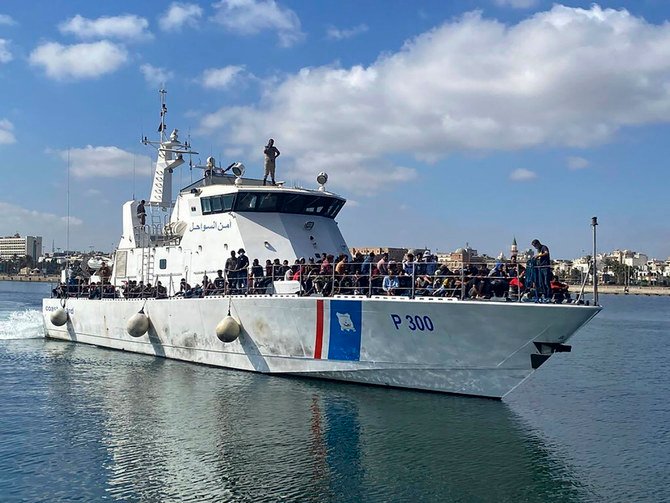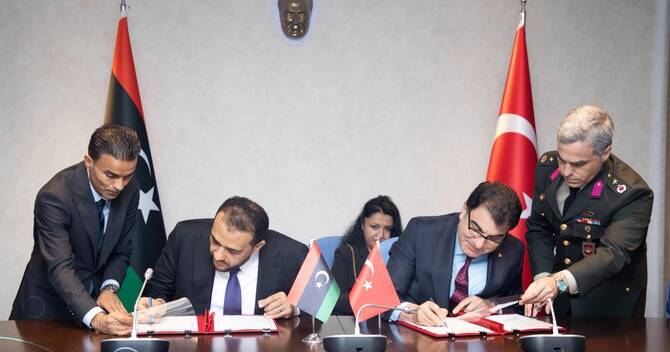Ephrem Kossaify
NEW YORK: A growing number of migrants and refugees attempting to reach Europe from Libya are being intercepted or rescued and returned to the north African country, where they are locked up in overcrowded detention centers.
In these facilities they face abuse, violence, forced labor and are deprived of food, water and sunlight, according to a report published by the UN Office for the Coordination of Humanitarian Affairs (OCHA). Some go missing, raising fears that they are being preyed on by human traffickers.
These risks, combined with extreme temperatures during a heatwave in Libya that has caused power outages across the country, mean that more than 6,170 migrants and refugees currently in detention centers are living in “extremely inhumane” conditions, the OCHA said.
Between the start of this year and June 30 more than 14,700 migrants and refugees have been intercepted or rescued at sea by the Libyan Coast Guard and returned to Libya, already surpassing the total for the whole of 2020. In June alone, more than 4,500 people were picked up, while hundreds more perished at sea.
The slow pace of Libya’s recovery from years of conflict and political instability, and the effects of the pandemic on the local economy, are also affecting the plight of migrants in Libya.
According to the International Organization for Migration, the majority of migrants in Libya are from Egypt, Sudan, Niger, Chad and Nigeria. All in all, 53 nationalities are represented among the 600,000 migrants currently in Libya. Last year, the largest numbers of migrants arriving in Italy by sea were from Bangladesh, Tunisia and Cote d’Ivoire.
Since the fall of Muammar Gaddafi in 2011, and the chaos of the civil war that followed, growing numbers of migrants have used the country as a departure point in their attempts to reach Europe by sea. But with the security of European borders increasingly tight since the 2016 migration crisis, many end up stranded.
While the current number of migrants is still lower than pre-pandemic levels, the increase this year has been fueled by the formation in March of the provisional Libyan Government of National Unity, and the improved security situation as the October 2020 ceasefire agreement in the country continues to hold.
“The continuing departures from Libya highlight the need for a predictable rescue and disembarkation mechanism along the central-Mediterranean route, with immediate effect and in full compliance with international human rights principles and standards,” said OCHA.






















